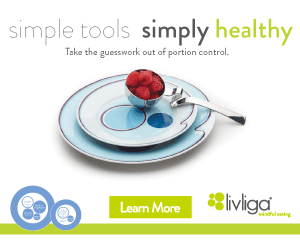
Blood Pressure and Prehypertension
Monday, August 8, 2011
Blood Pressure is something I think most of us take for granted until something happens which causes us to have to pay attention to it. I took my blood pressure this morning. I hadn't done it in a long time. All the while growing up and into adulthood I actually had low blood pressure. The older I get the higher it seems to go. Today it was 128/85. That is considered pretty high and is classified as Prehypertension. Normal range is under 120/80.
You would think with all the exercising I am doing and with all the energy I am putting into eating right that I wouldn't be looking at a prehypertension blood pressure. The truth is, though, that I am still 45 pounds heavier than I should be. The pounds still need to come off.
I looked up "prehypertension" and found this definition from the Mayo Clinic (mayoclinic.com):
Slightly elevated blood pressure is known as prehypertension. Prehypertension will likely turn into high blood pressure (hypertension) if you don't make lifestyle changes, such as start exercising and eating healthier. Both prehypertension and high blood pressure increase your risk of heart attack, stroke and heart failure.
A blood pressure reading has two numbers. The first, or upper, number measures the pressure in your arteries when your heart beats (systolic pressure). The second, or lower, number measures the pressure in your arteries between beats (diastolic pressure). Prehypertension is a systolic pressure from 120 to 139 millimeters of mercury (mm Hg) or a diastolic pressure from 80 to 89 mm Hg.
Weight loss, exercise and other healthy lifestyle changes can often control prehypertension — and set the stage for a lifetime of better health.
I also found this information eye opening and helpful from the American Heart Association website (www.heart.org):
Which number is more important, top (systolic) or bottom (diastolic)?
Typically more attention is given to the top number (the systolic blood pressure) as a major risk factor for cardiovascular disease for people over 50 years old. In most people, systolic blood pressure rises steadily with age due to increasing stiffness of large arteries, long-term build-up of plaque, and increased incidence of cardiac and vascular disease.
My husband has had issues with high blood pressure as well. His runs in the family. He has had a blood pressure cuff that he has used for a long time. It is a Lumiscope. The type we have is no longer available but I found new models easily available and reasonably priced on amazon.com (www.amazon.com).
So I plan on taking my blood pressure regularly now to see what it looks like on average. With continued weight loss, along with my exercising and eating healthy, I plan to see it drop.
loading..
Subscribe to:
Post Comments (Atom)












No comments